calsfoundation@cals.org
Emmet (Nevada and Hempstead Counties)
| Latitude and Longitude: | 33°43’34″N 093°28’14″W |
| Elevation: | 318 feet |
| Area: | 1.44 square miles (2020 Census) |
| Population: | 415 (2020 Census) |
| Incorporation Date: | May 5, 1883 |
Historical Population as per the U.S. Census:
|
1810 |
1820 |
1830 |
1840 |
1850 |
1860 |
1870 |
1880 |
1890 |
1900 |
|
– |
– |
– |
– |
– |
– |
– |
– |
– |
277 |
|
1910 |
1920 |
1930 |
1940 |
1950 |
1960 |
1970 |
1980 |
1990 |
2000 |
|
270 |
420 |
387 |
465 |
482 |
474 |
433 |
476 |
446 |
506 |
|
2010 |
2020 |
|
|
|
|
|
|
|
|
|
518 |
415 |
|
|
|
|
|
|
|
The city of Emmet was established in Nevada County in 1883 as a stop on the Cairo and Fulton Railroad. Located halfway between Prescott (Nevada County) and Hope (Hempstead County), the city has expanded its boundaries to include a small portion of Hempstead County. The second-class city was at one time home to a carriage factory and historic village.
Nevada County was not created until 1871. Before the arrival of European explorers and settlers, the land was home to the Caddo, until it was acquired by the United States as part of the Louisiana Purchase. Dominated by pine forests, the land was only gradually cleared for cotton and other crops. Larger plantations were built to the south, but northern Nevada County consisted mostly of small farms. In 1837, Martin Edwards acquired the land on which Emmet would be built. A Methodist church was organized in the area around 1855. Until the construction of railroads after the Civil War, the region attracted little attention.
The Cairo and Fulton Railroad was established in 1853 with a plan to create a rail line that would run from the Arkansas-Missouri state line across Arkansas and into Texas. After several reorganizations and name changes, the line eventually became part of Union Pacific. The line that ran through southwest Arkansas bypassed some important cities such as Washington (Hempstead County) and created new cities such as Prescott and Hope. Edwards’s farm lay half-way between Prescott and Hope and so became the location of a depot. The depot was reportedly named for one of the railroad employees; Robert F. Elgin was the first depot agent. A post office was established in 1871 with the name Burkville, but the name was changed to Emmet in 1874; Alfred Eaves was the first postmaster. The oldest burial date in Ephesus Cemetery is 1876. The city was incorporated in 1883.
During an election in 1890 when many parts of Arkansas, including areas in Nevada County, voted to prohibit the sale of alcohol, citizens of Emmet voted to remain “wet.” A so-called “tramp” was lynched at Emmet on December 12, 1891. A new Methodist church was constructed around 1917. High prices for cotton during World War I brought brief prosperity to the city. The timber industry and truck farming also provided jobs to local residents. Among the crops shipped from Emmet during the 1920s were cantaloupes, peas, beans, radishes, mustard plants, cucumbers, tomatoes, strawberries, and watermelons. The Great Depression led to a decline in farming, so that by 1950 very few row crops were found in northern Nevada County.
In 1959, the Arkansas Louisiana Gas Company opened a western town as a tourist attraction just north of Emmet. The community was called Ark La Village and was described as a re-creation of a western settlement of 1880. It featured a saloon and general store, a livery stable, and a museum. Connected with the village was a factory that built horse-drawn carriages. Employing thirty-four workers, the factory included Amish farmers and Hollywood movie-makers among its customers. Both the village and the factory had closed by 1970.
Around the beginning of the twenty-first century, the Emmet School District consolidated with Blevins (Hempstead County), with students being moved to Blevins schools. Emmet also has a historic Methodist church—which was added to the National Register of Historic places in 2009—and a Baptist church. It also is home to the regional offices of Centerpoint Energy. Emmet is crossed by Highway 67, near Interstate 30, both of which follow the general path of the nineteenth-century rail line. According to the 2010 census, Emmet has 518 citizens, of whom 408 are identified as white, 93 as African American, and 15 as Hispanic.
For additional information:
“Emmet United Methodist Church.” National Register of Historic Places nomination form. On file at Arkansas Historic Preservation Program, Little Rock, Arkansas. Online at https://www.arkansasheritage.com/docs/default-source/national-registry/ne0163-pdf.pdf?sfvrsn=ebd1849f_0 (accessed August 17, 2025).
Nevada County Depot Museum. http://www.depotmuseum.org/ (accessed August 17, 2025).
“W. R. Stephens Builds a Western Town at Emmet.” Arkansas Gazette, July 12, 1959, p. 3C.
Steven Teske
Butler Center for Arkansas Studies
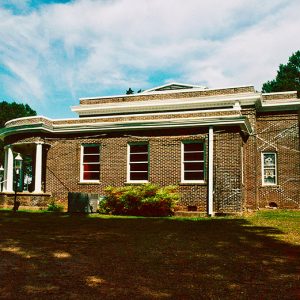
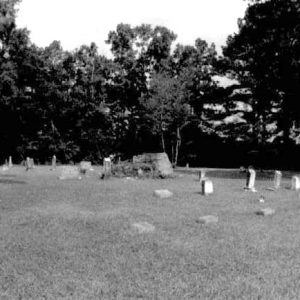
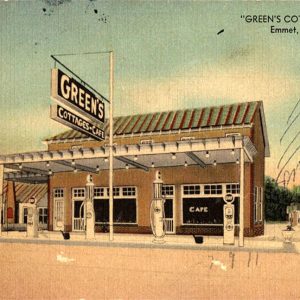
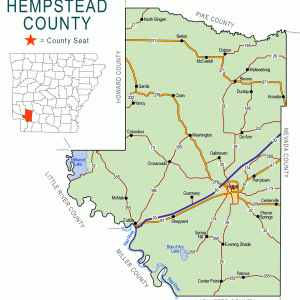
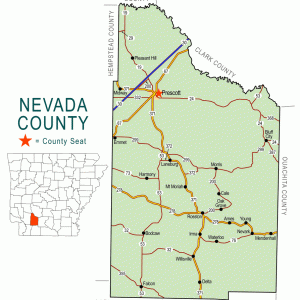




Comments
No comments on this entry yet.